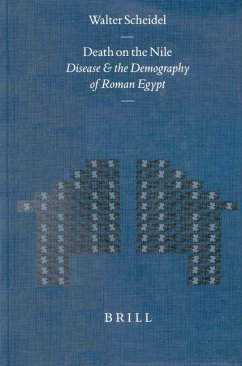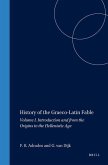A pioneering comparative and multidisciplinary study of the interaction between local disease environments and demographic structure, this book breaks new ground in reconstructing the population history of Egypt during the Roman period and beyond. Drawing on a wide range of sources from ancient census data and funerary commemorations to modern medical accounts, statistics and demographic models, the author explores the nature of premodern disease patterns, challenges existing assumptions about ancient age structure, and develops a new methodology for the assessment of Egyptian poplation size. Contextualising the study of Roman Egypt within the broader framework fo premodern demography, ecology and medical history, this is the first attempt to interpret and explain demographic conditions in antiquity in terms of the underlying causes of disease and death.








